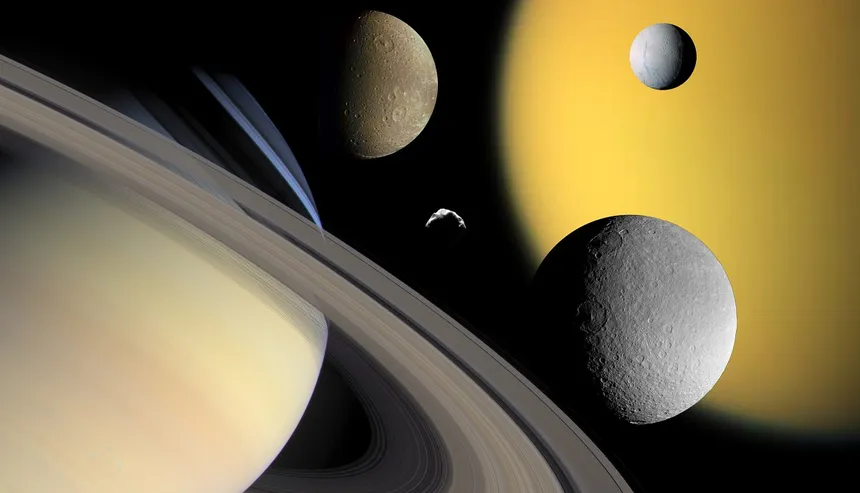Astronomers have made a significant discovery in the farthest reaches of our solar system, uncovering three new moons orbiting the ice giant planets Uranus and Neptune. The discovery, made by Scott Sheppard of Carnegie Science, is a testament to the vast and largely unexplored nature of our solar system.
The three new moons are S/2023 U1, S/2002 N5, and S/2021 N1, and they are the faintest ever discovered around these two ice giant planets using ground-based telescopes. S/2023 U1, the smallest of the three, is just 5 miles across, making it the faintest moon ever discovered by a ground-based telescope. It is expected to be named after a character from a Shakespeare play, but a new name has not yet been chosen.
The discovery of the new moons is a significant achievement, as it highlights the vast and largely unexplored nature of our solar system. The ice giant planets, Uranus and Neptune, are far away from the solar system’s center, making it difficult to detect small moons orbiting them. The recent discovery of S/2021 N1, which is 9 miles across, and S/2002 N5, which is around 14 miles across, further solidifies the significance of this discovery.
The discovery of the new moons was made possible by the use of the Magellan telescope in Chile, which is capable of detecting faint objects. The telescope was used to take multiple images of the moons, which were then processed using special techniques to reveal the faint objects. The existence of the moons was confirmed using other telescopes, including the European Southern Observatory’s Very Large Telescope and the Gemini Observatory’s 8-meter telescope.

Astronomers Uncover New Moons in the Solar System’s Farthest Reaches
One of the most interesting facts about the discovery of the new moons is that the moon systems of the giant planets seem to be similar, despite the differences between the planets themselves. Even Uranus, which is tipped on its side, has a similar moon population to the other giant planets orbiting our sun. Neptune, which likely captured the distant Kuiper Belt object Triton, an ice-rich body larger than Pluto, has outer moons that appear similar to its neighbors.
The discovery of the new moons provides valuable insights into the formation and evolution of our solar system. It highlights the vast and largely unexplored nature of our solar system, and provides opportunities for further exploration and discovery. The discovery of the new moons also underscores the importance of continued investment in space exploration and the development of new technologies that enable scientists to study the universe in greater depth.
The discovery of the three new moons orbiting Uranus and Neptune is a significant achievement that highlights the vast and largely unexplored nature of our solar system. The discovery of the new moons provides valuable insights into the formation and evolution of our solar system, and highlights the importance of continued investment in space exploration and the development of new technologies.









































